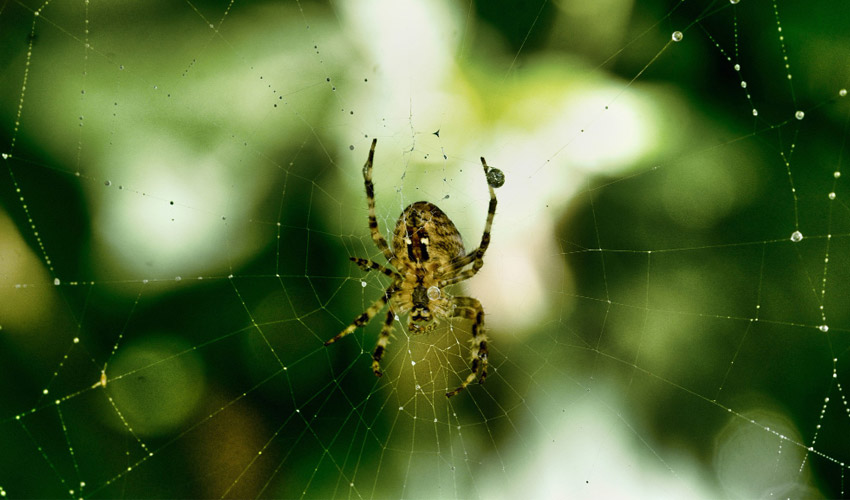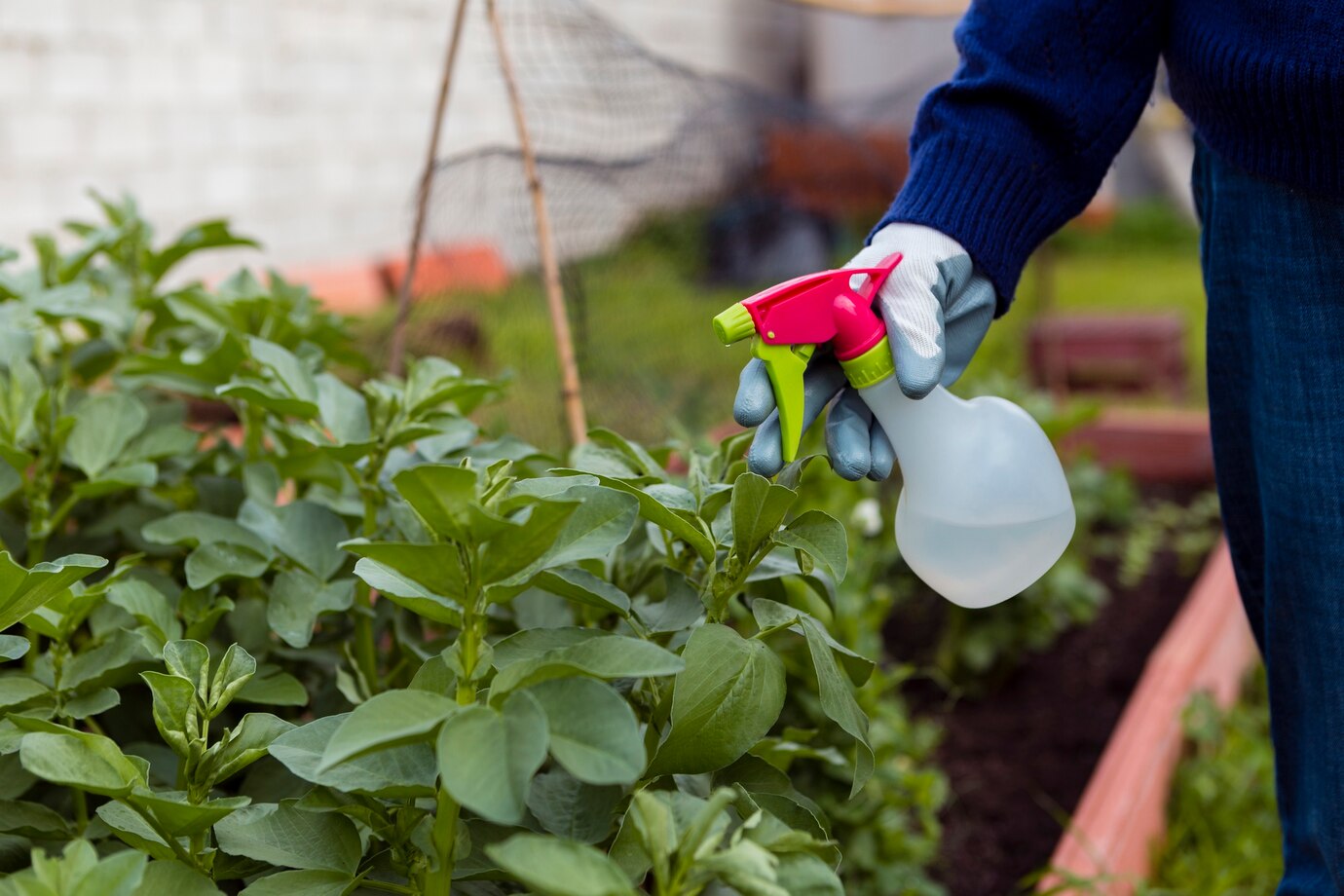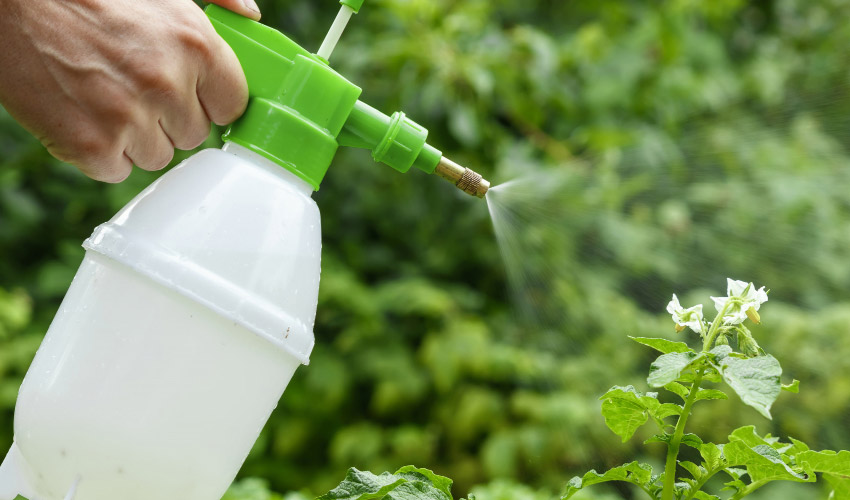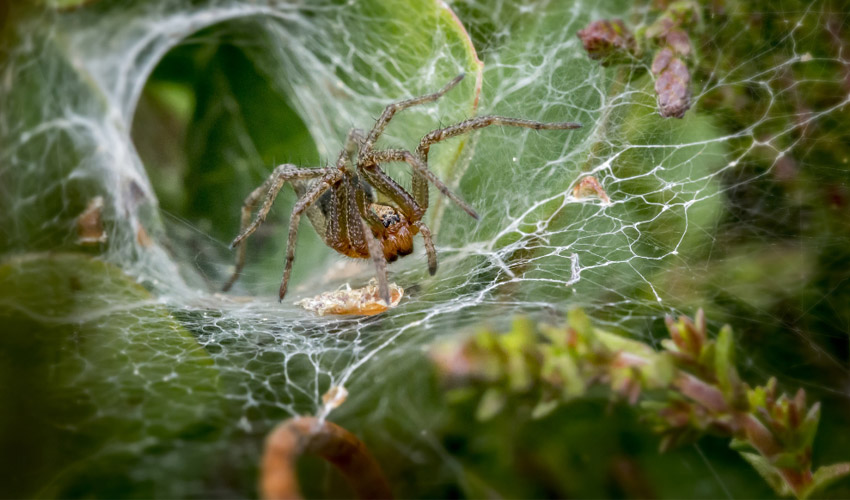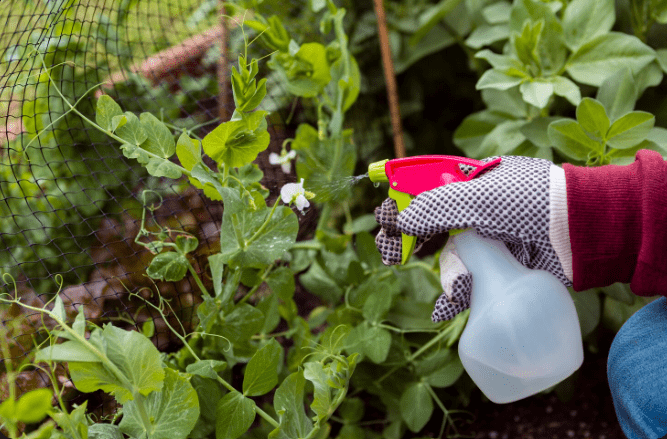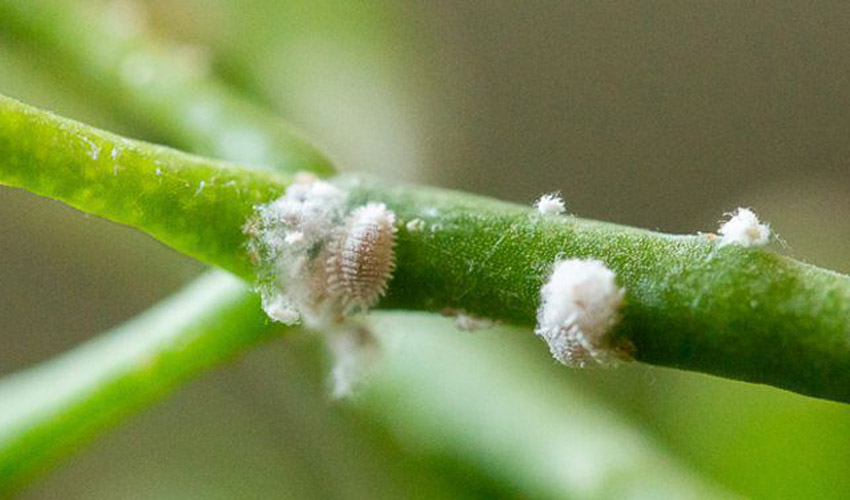Telling the difference between aphids and spider mites can be challenging since they appear quite alike. Both pests often infest plants and can cause severe damage to the greenery you work hard to maintain.
Not only do aphids and spider mites make plants look unattractive, but they’re also tricky to distinguish from each other. This confusion makes it harder to know exactly which pest you’re trying to remove. Recognizing the difference between them helps you choose the proper treatment to get rid of them effectively. If you try to tackle both with the same approach, the results may fall short because each pest responds best to specific control methods.
Table of Contents
ToggleAphids vs Spider Mites
It’s common to mistake aphids for spider mites, as they resemble each other and both cause significant harm to plants. Still, the key difference in the Aphids vs Spider Mites debate is that aphids are larger, produce a sticky honeydew that attracts ants, and never create webbing. In contrast, spider mites are tiny, spin fine white webs across plants, and leave behind small holes in leaves as they feed.
Because their colors often look similar, people easily confuse the two. Spider mites are members of the arachnid family and share traits with tiny spiders, while aphids are insects with six legs and a larger, more visible body compared to mites. Let’s break down these distinctions in more detail below.
Appearance
One of the clearest ways to tell aphids and spider mites apart is by their physical features. Aphids have six legs, two antennae, and a pear-shaped body with a narrow head. They usually measure about one-sixteenth to one-eighth of an inch in length, and their shades vary from green, white, brown, and black to pink, yellow, red, or even grey. A distinct feature of aphids is their two cornicles, or tail-like tubes, at the back of their body. Unlike spider mites, aphids can also fly, which allows them to move easily from one plant to another.
Spider mites, on the other hand, have eight legs and are almost invisible without magnification since they measure only about one-fiftieth of an inch long. They lack both antennae and tails, and their bodies are oval with a wider midsection. Their coloration may be white, green, orange, red, or brown. Unlike aphids, spider mites cannot fly because they do not have wings.
Residue
Aphids leave behind a sticky substance known as honeydew, which quickly attracts ants. If your plants are infested with aphids, ants will almost always show up to feed on this sugary residue. In contrast, spider mites don’t produce honeydew. Instead, they create delicate white webbing that you can often spot stretched across stems and leaves.
Habits
Aphids damage plants by piercing tender leaves and drawing out the sap, whereas spider mites chew tiny holes directly into the foliage. Although their feeding styles differ, both weaken plants in similar ways, causing leaves to yellow and eventually drop as the damage progresses.
Do Aphids and Spider Mites Attack Plants?
Aphids and spider mites rank among the most common pests that invade plants. They gather in clusters beneath leaves and gradually weaken foliage, stems, and even flower buds. These pests are most active when the weather is warm, so infestations usually appear in spring and summer.
Spider mites thrive in dry environments, which is why you’ll often find them on plants that aren’t misted or watered regularly. Both pests can spread quickly once established. Spider mites travel by weaving fine webs from one plant to another, while adult aphids simply fly to nearby plants. This is why it’s crucial to control them early, before they have the chance to multiply and spread.
How To Remove Aphids and Spider Mites
If you notice signs of spider mites or aphids on your plants, here are some effective ways to eliminate them:
Removing Aphids
- Spray the infected leaves with cold water several times a day. Keep a spray bottle in the fridge to keep the water chilled between uses.
- Apply horticultural oils, neem oil, or insecticidal soaps directly to the leaves. These are usually available at local plant nurseries and help control aphids naturally.
- Try a simple home remedy by mixing one teaspoon of dish soap with water in a spray bottle. Spray it on plants that aren’t meant for eating.
- For severe infestations, consider using a pesticide to completely remove aphids.
Removing Spider Mites
- Release helpful insects such as ladybugs or predatory mites, which naturally feed on spider mites.
- Isolate the affected plants immediately, as spider mites can travel across their webs to nearby plants.
- Use insecticidal soaps with potassium salts as the main ingredient, or apply a miticide to prevent spider mites.
- Treat the leaves with neem oil to deter spider mites.
- Spray the foliage with water to wash away mites and their webbing.

